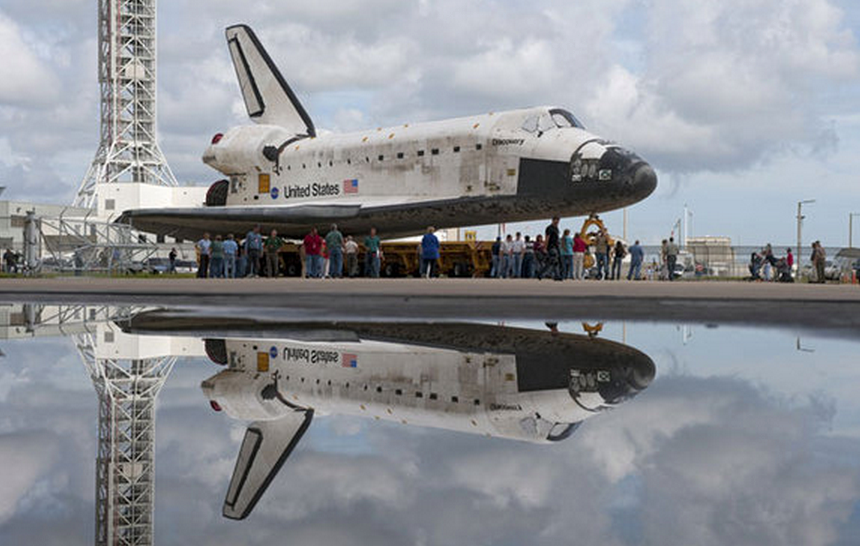

The orbiter, most commonly referred to as the space shuttle, is the only part of the shuttle "stack" that makes the trek into orbit. It also put to the test the teams that manufactured, processed, launched and managed the unique vehicle system, which consists of about 2 1/2 million moving parts.

That first mission verified the combined performance of the orbiter vehicle (OV), its twin solid rocket boosters (SRBs), giant external fuel tank (ET) and three space shuttle main engines (SSMEs). Atlantis flew the final space mission, STS-135, in July 2011. "Oneis not to plan for big future budget increases as the basis for futuresuccesses.The space shuttle, officially called the Space Transportation System (STS), began its flight career with Columbia roaring off Launch Pad 39A at NASA's Kennedy Space Center in Florida on April 12, 1981. The history of the shuttle and theInternational Space Station gives us a lot to learn from," Pielke stated. "Above all, we should make sure that promises and commitmentsof performance are realistic and achievable. If that's the case, then what might be the bestuse of $150 billion to $200 billion dollars in a space program? "There is no reason to expect that public support willdiminish," Pielke concluded. Looking to the past 30 years provides a unique perspectiveon the next three decades, Pielke advised, that is, if there is an assumption thathuman space flight is supported in the future as it has been in the past.

"We should open up debate and discussion on thefuture space program to a wide range of alternatives, and include many voicesbeyond NASA and the traditional space flight community. There is strengthin such diversity." Pielke said that the shuttle program "has been and willcontinue" to be expensive. Putting his calculator and shuttle spread sheets aside,Pielke said the new research brings up several points.įirst of all, space policy analysts have had a pretty goodhandle on the policy and political dynamics, including costs, of the shuttleprogram for some time now. "The shuttle program has been through its lifeplagued by promises of costs and performance that have been overly optimistic.We should know better by now," Pielke told. projected in a early1990's paper on the performance of the space shuttle program through 2010: "TheSpace Shuttle Program: Performance versus Promise" - a chapter in the book, SpacePolicy Alternatives, published by Westview Press in 1992. The average costper flight from the middle of 2005 through 2010, assuming 22 flights, is about$1.0 billion, he said.Īll of these numbers fall squarely within the range thatPielke and space policy associate, Radford Byerly, Jr. Of further interest is theaverage cost per flight from 2004-2010: It is $1.3 billion. Given that flight rate, this will result in a total programcost per flight of $1.3 billion, Pielke explained. Pielke pointed out that if the shuttle program averages fourflights per year upon a return to flight, then the NASA space plane will fly anadditional 22 times, for a total of 134 flights over its lifetime. Given that fine-tuning, if the space shuttle program isterminated after 2010, then it will have a total lifetime cost of about $173billion, Pielke reported. Because NASA has costs for the shuttle program that are notreflected in its budget line, Pielke said it is appropriate to add 10 percentto these totals and also to adjust those expenses to common year dollars.


 0 kommentar(er)
0 kommentar(er)
